Abu Simble Temple: History, Restoration, and Relocation
Mar 05, 2024 By Juliana Daniel
One of the most well-known historical sites in Egypt is Abu Simbel. It rested amid the first and secondary waterfalls of the Nile for three millennia on the western side of the river. But in the 1960s, the site of the temples was disassembled and reassembled on a higher hill in an amazing feat of engineering to create room for Aswan High Dam. Abu Simbel, which was constructed in 1244 B.C., has two temples cut out of a mountainside.
The History of Abu Simbel Temple
At the entrance of the bigger of these two temples are four enormous sculptures, each measuring around 69 feet (21 meters) in height, depicting the seated ruler Ramesses II (13031213 B.C.). The temple's entrance was constructed such that light from the sun falls on the two hottest days of the year, namely October 22nd and February 22, each year, lighting up three sculptures, one of which is of the pharaoh, sitting on a bench within the inner sanctuary. Historians believe that he was born and crowned on these dates. Every year, thousands of visitors swarm the temples to see the phenomena and take part in the festivities.
Furthermore, there is another smaller temple at Abu Simbel that could have been constructed for Queen Nefertari. Each of the four pharaoh sculptures and the two queen statues on its front are around 33 feet (10 meters) tall. Every one of them rests between hieroglyphically carved buttresses.
Rediscovery of The Temple

Many times, buried treasures from the past wait to be unearthed by the contemporary world. That was the situation with the spectacular temples of Abu Simbel. The opulence of these historic buildings, which were constructed in the year 13 BC by Pharaoh Ramses II, was restored after being hidden for many years.
Giovanni Belzoni, an adventurer, did not discover these rock-cut temples until the early 1800s. His finding allowed historical photos to beautifully depict the magnificent sight of all these architectural wonders that had been forgotten over time and buried beneath sand dunes.
An important turning point in Egyptian archaeology was the resuscitation of Abu Simbel, which prompted efforts to save other ancient sites from disappearing into the mists of time and encouraged interest in historical preservation.
1964 Relocation of Abu Simple Temple
The construction of the High Aswan Dam in 1964 resulted in a spectacular relocation of the Abu Simbel monuments. Constructed in the first half of the thirteenth century BC during the rule of King Ramses II, these ancient marvels were meticulously disassembled and relocated to a new sandy plateau situated 180 meters west and 64 meters above their original location.
About SEK 200 million was spent on the project overall, and it was completed on September 22, 1968, following a lavish inauguration ceremony. These historical gems may now be preserved for admiration by future generations thanks to this amazing achievement.
How do the Temples of Abu Simbel Look Like?
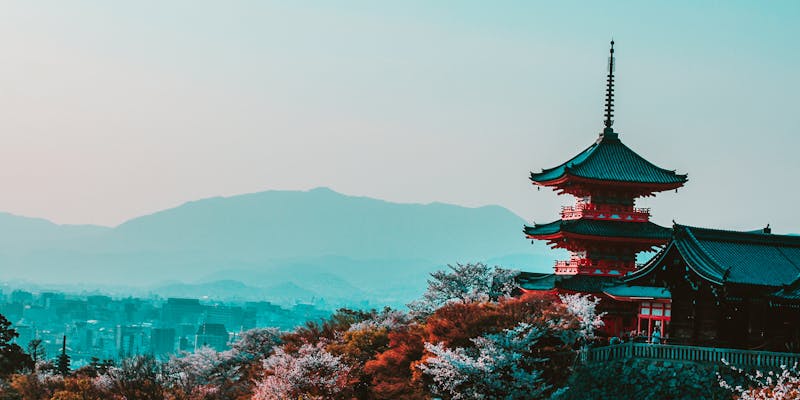
Two temples are present. The Great Temple, dedicated to Ramesses II, is the first, while the Small Temple, consecrated to his spouse, Queen Nefertari, is the second.
The Great Temple
It took about twenty years to create the massive temple at Abu Simbel. It was devoted to the goddesses Amun, Ra-Horakhty, and Ptah in addition to the Great King Ramesses. It was also known as the Temple of Ramses II. It is widely regarded as one of the foremost exquisite temples in Egypt and the largest and most exquisite of the temples built under Ramesses II's rule.
Four enormous, twenty-meter-tall sculptures that each depict Ramesses II reclining on a throne flank the Great Temple's entrance. Hieroglyphics honoring Ramses II's historic victory at the clash of Kades adorn the main temple's faade.
Upon entering the vast temple, one finds themselves in a sequence of chambers honoring both Ramses and prominent figures from his family. All but two days of the year are spent in complete darkness in the last chamber, known as the sanctum sanctorum. This was not the consequence of happenstance; in order to attain this, one needed a thorough understanding of astronomy, mathematics, physics, and construction.
The Small Temple
The goddess Hathor is honored at the second temple, known as the Little Temple. Dedicated to Nefertari, Ramses' favorite wife, it was erected despite being much smaller than the first. The pharaoh and the queen are depicted as being on an equal level. It is sometimes referred to as the Nefertari and Hathor Temple. The enormous entryway divides the two rows of colossi that adorn the temple's rock-cut faade.
The image of Ramses and the heavenly entities to whom the structure is dedicated are lighted twice a year during the sun's lowest points because of the alignment of the larger temple with the sun. The original architects of the temple placed it such that sunlight would penetrate the room on February 22, the anniversary of his royal accession, and on October 22, the day he was born. On these two days, the sun rises and lights up the temple passageway and three of the sanctuary's four statues.
People from all over the world congregate at the Religious buildings of Abu Simbel twice a year to commemorate the achievements of the ancient Egyptians. The sun shines on the center room of the temple, which is aptly dubbed Sun Festival.
Every year, the Abu Simbel Sun Festival is held to great fanfare on February 22 and October 22. Several thousand people assemble early in the morning in order to see this monument to the wisdom and ability of the ancient Egyptians that allowed them to align the temple in such a precise manner.
The Bottom Line!
Although it takes many hours to get reach the temples from Aswan, most visitors to Abu Simbel arrive by aircraft. There are two daily flights from Aswan that take just thirty minutes, and they are scheduled to give visitors around two hours of relaxation at the monuments. Taking a Lake Nasser boat is another way to see Abu Simbel. To give visitors an opportunity to see the Hindu temples at nighttime and in the break of dawn, vessels like this moor close to the front of them.
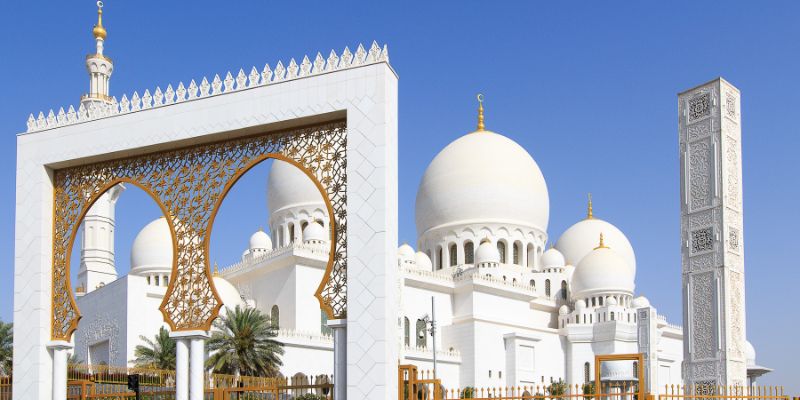
JWhich Are The Best Places to Visit in Abu Dhabi: A Complete Guide
Abu Dhabi is a wonder for visitors and explorers. Its modern malls, stunning beaches, heritage village, and updated restaurants inspire visitors around the globe

JFind Getaways for Teams Near Mumbai
Seeking a team outing near Mumbai? Explore the most sought-after destinations ideal for corporate retreats.
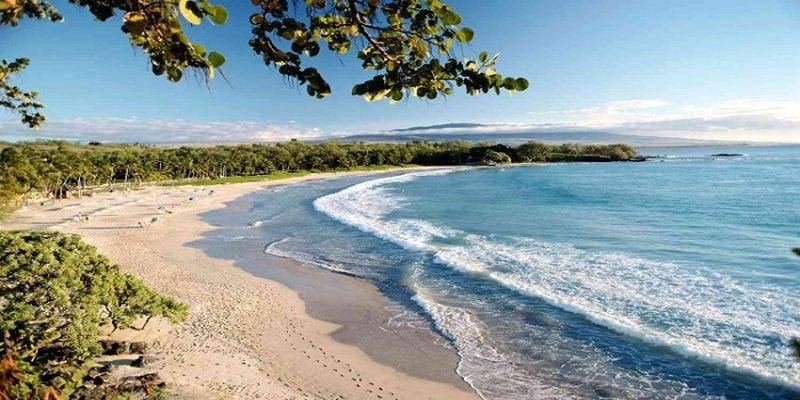
JBest Beaches In Hawaii For Families
Find out which tropical paradise awaits you when visiting Hawaii. From white sand beaches to black sand and everything in between, discover the best beaches to explore during your visit!
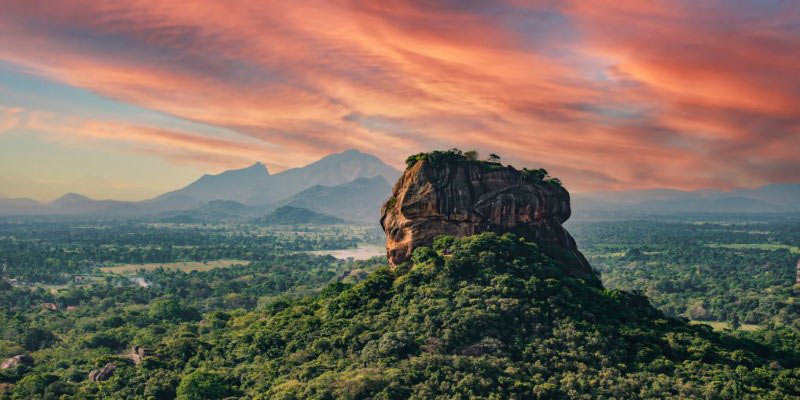
JPlan Your Perfect Trip: 8 Essential Experiences in Sri Lanka this December
Explore 8 must-do experiences in Sri Lanka this December, from whale watching to cultural immersion. Start planning your unforgettable getaway now!
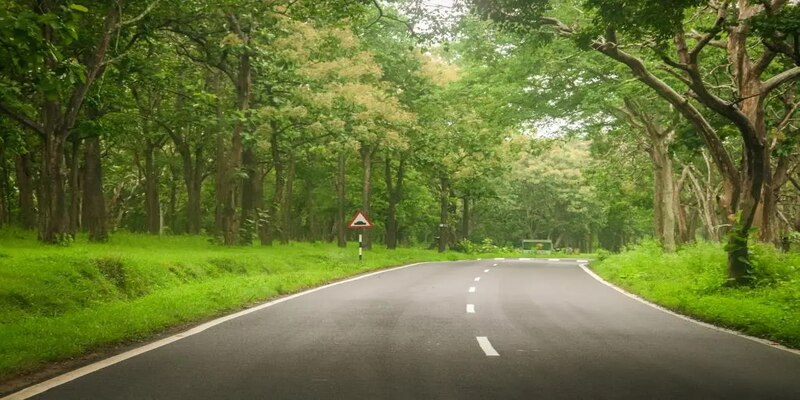
JTop 8 Best Road Trips from Bangalore to Ooty (self-drive)
Discover everything related to the best road trip from Bangalore to Ooty for an exciting experience

JUnforgettable Road Trips from Bangalore: Ideal Getaways With Friends
Top road trips from Bangalore: Coorg, Wayanad, Pondicherry, Hampi, Chikmagalur, and Ooty offer scenic beauty and cultural delights for unforgettable adventures with friends.

JIsla Baru Is A Paradise Island Close To Cartagena
The beautiful Isla Bar is located just a little distance west of Cartagena. One of the greatest day excursions from Cartagena, this island has beautiful mangrove forests, breathtaking beaches, as well as a wealth of activities.
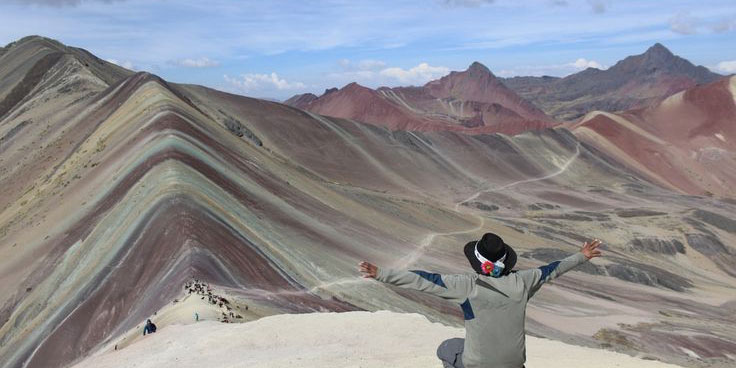
JWays To Avoid Altitude Sickness In Peru
Altitude sickness can affect anyone, regardless of age or fitness level, and cause symptoms such as headaches, nausea, fatigue, and shortness of breath. In this article, we will explore the causes and symptoms of altitude sickness and provide tips for avoiding and treating it during your trip to Peru
 swiftinf
swiftinf